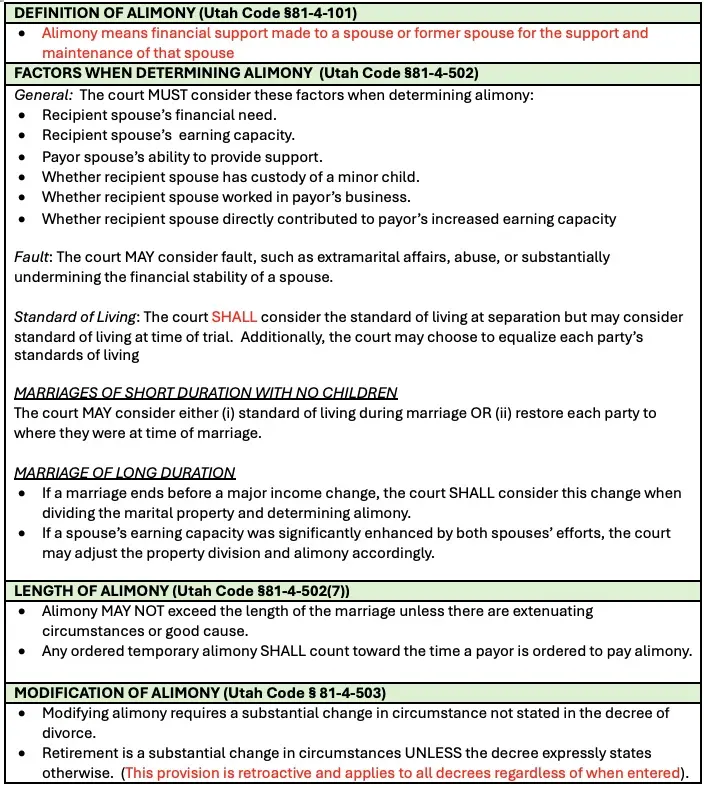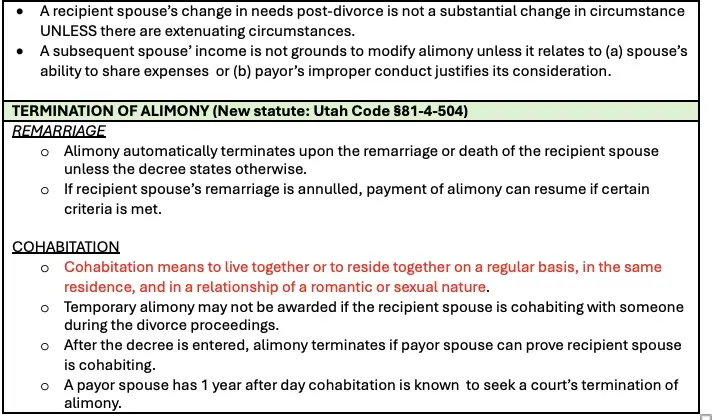Normalizing grief, navigating family gatherings, and caring for your emotional well-being
The holiday season often brings a mix of emotions—nostalgia, hope, stress, and sometimes sadness or uncertainty. For anyone moving through divorce, co-parenting, family transitions, or simply a challenging year, the holidays can stir feelings that are tender and complex. These emotions are not only normal—they are human.
Compassion for yourself and your experiences can help you move through the season with more steadiness and ease. Below are gentle ways to understand your emotions, navigate extended family gatherings, and care for your own emotional grounding.
Normalizing Grief, Nostalgia, and Uncertainty
Holidays often magnify the tension between expectation and reality.
When traditions shift or relationships change, you may notice:
- Grief for what once felt familiar
- Nostalgia for times when the holidays were simpler or more connected
- Uncertainty about new routines, gatherings, or dynamics
- A mix of emotions, including joy and sadness in the same moment
None of these feelings mean something is wrong. They simply reflect that you are navigating change. Grief can arise even when positive things are unfolding. Nostalgia can surface even when you are building a life that fits better now.
Compassion begins with acknowledgment: “Of course I feel this. I am in a season of transition.” You can honor the past and still allow room for new traditions and experiences to take shape.
Tips for regulating Emotions around extended Family Gatherings
Family gatherings can bring comfort and connection—but they can also activate old patterns, heighten stress, or trigger emotions you did not expect. A few grounding practices can help you care for yourself while staying present:
→ Set gentle expectations.
Before attending a gathering, remind yourself that mixed emotions are normal. You are not required to feel festive. Knowing the experience might be layered helps soften pressure.
→ Choose your pace.
Give yourself permission to arrive late, leave early, or take breaks. You do not owe your time or energy beyond what feels manageable.
→ Use grounding techniques.
Slow breathing, feeling your feet on the floor, placing a hand on your heart, or stepping outside for fresh air can quickly regulate rising emotions.
→ Hold compassionate boundaries.
If certain topics feel sensitive, prepare phrases such as:
- “I appreciate your concern, but I am not discussing that today.”
- “Let us focus on enjoying being together.”
These boundaries help protect your emotional space and reduce unnecessary stress.
→ Have a support person.
Identify someone—inside or outside the gathering—who can offer grounding if emotions become overwhelming. A brief text or check-in can help you recenter.
→ Give yourself permission to exit.
If the energy shifts or your emotional capacity is tapped, leaving is an act of self-respect, not conflict.
Loving Practices for Self-Care and Emotional Grounding
During the holidays, self-care becomes especially important. These small, loving practices can create steadiness and support:
Create a simple daily ritual: A morning walk, journaling, stretching, or lighting a candle can offer a moment of calm and predictability. Rituals help your nervous system feel anchored.
Care for your physical needs: Regular meals, hydration, rest, and gentle movement all support emotional balance. Your body is part of your emotional system.
Allow your feelings to surface: Instead of pushing down sadness, nostalgia, or overwhelm, give yourself permission to feel them. Acknowledgment—without judgment—creates internal space and relief.
Protect your energy: Say no when necessary. Choose meaningful activities rather than those driven by guilt or obligation. Simpler holidays are often calmer and more connected.
Invite small moments of joy: Joy may look different this year—quiet, subtle, or unexpected. Let it arrive naturally, without trying to force it.
End your day with reflection:Noting what felt grounding, peaceful, or brave helps reinforce emotional resilience and self-awareness.
Moving through the Holidays with Compassion
Whatever arises this season, know that your emotions are valid. You are allowed to grieve, to feel uncertain, to rest, and to shape the holidays in a way that honors your capacity. Compassion does not erase difficult feelings, but it softens them. It gives you room to breathe, to adjust, and to care for yourself with gentleness.
The holidays may look different this year or in the years to come, but they can still hold warmth and meaning. When you honor your emotional needs and respond to yourself with kindness, you create a holiday experience that feels authentic, supportive, and deeply human.
















